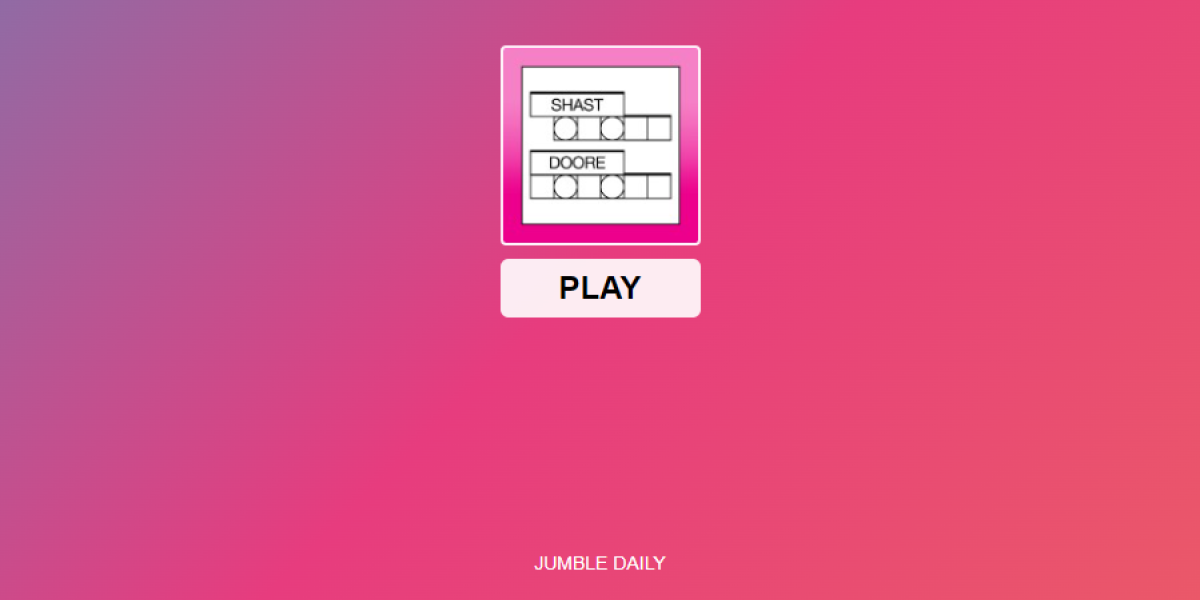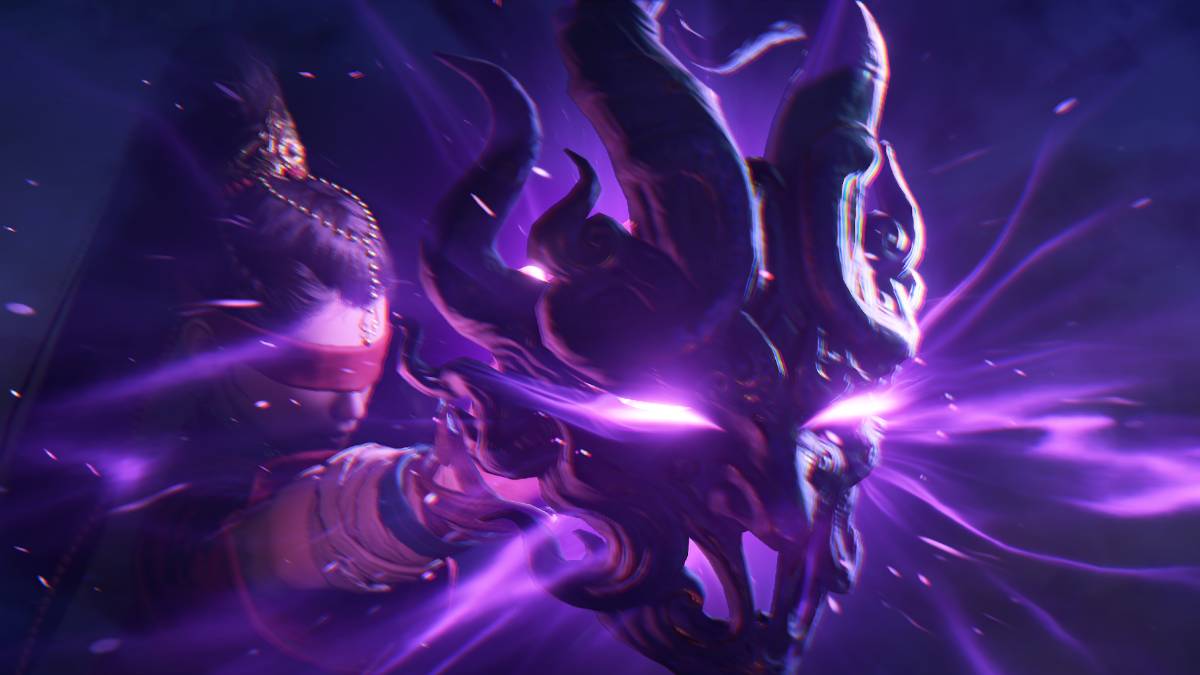In chess everyone knows that the white side and black side are functionally even—the only real difference is that white goes first. League of Legends is set up exactly the same way, with the two opposing teams playing on what should be even sides of the field. But is that how it works out in reality?
There’s been an ongoing debate about whether Red and Blue sides are truly equal in League of Legends since it was released in 2009. Developer Riot Games has patched various elements of the map to fix obvious bugs or mistakes, but the overall design remains largely unchanged.
We decided to take a closer look. And with the conclusion of the League Championship Series Spring Split, we finally had a full season of pro games to analyze.
Our findings? In over 224 games, the Blue side team won 34 more times than the Red side. In other words, if you always played on the Blue side, keeping everything else fair, you’d win four games for every three of your Red side friends.
Why is there such a big difference? And how exactly did the Blue side win more often? What we found was surprising and fascinating. Despite functionally even sides of the map, trends show that teams on differing sides pursued different strategies throughout the game, especially in the first few minutes. And these strategies had very important effects on who came out the victor.
…
The primary stats coming out of the match data aligns with our findings. Blue wins more, and they do it by doing things in the game that obviously contribute to winning—killing enemies and avoiding dying themselves. In terms of kills, deaths, and assists, all percentage differences (12.06 percent, -11.76 percent, 13.47 percent, respectively) show that the Blue side has a formidable lead over Red by the end of the game, confirming their win rate.

Image via LoLStats.gg
It’s important to note here that this trend was consistent across regions, though North America did see overall higher numbers and slightly more extreme differences (about 1.5 to 2 percent in all cases).
Gold and CS further blur the overall picture. With both sides fairly even by both counts, it’s hard to tell where the Blue win rate is coming from.

Image via LoLStats.gg
Further, if the Blue side gold is just barely higher than Red, and they have significantly more kills and assists, then the Red side must be somehow making up the difference through objectives and other secondary means.
So that’s exactly where we went for answers.
…
Aside from killing enemies, the main way to make money in League of Legends is through objectives: destroying enemy-controlled towers that line each lane, and killing large neutral monsters like the Dragon and Baron.
The Dragon, specifically, is crucial in understanding the income flows throughout the game. Each Dragon gives out a large chunk of gold to every member of the team that kills him, and this reward gold increases the longer the game goes on. In many cases, the Dragon can be a great way to fight back into a game when your team is behind.

Image via LoLStats.gg
The stats, however, speak again to an imbalance favoring the Red side of the field. Not only does the Red team down the Dragon more often, but even more often the first Dragon, giving their team an early-game infusion of power. And while Blue does eventually catch up, gaining more gold for their often-later Dragons, the bottom line is that Red should be using that gold to get even further ahead.
However, as evidenced in the win rate, Blue comes out on top more often. There must be something more to the story here.
…
The other main objectives on the map are the defensive towers. Each team has two towers defending each of their three lanes and more towers that defend the entrances to their base. Each tower gives a various, static amount of gold, but also gives a secondary bonus of weakening that area for the defending team.
Pushing down an enemy tower also means that enemies in that lane will be more vulnerable in the future, leaving them open to kill attempts, or even simply just scaring them off from trying to kill minions in that area. Compared to the Dragon, it’s a smaller comeback mechanic, but it can also open up new doors for your team that didn’t exist previously.

Image via LoLStats.gg
Now we’re talking. The Blue side not only takes down a substantially larger amount of towers, but they also take almost twice as many first towers, which can often cause further damage by leaving opponents vulnerable.
One important thing to check at this point is how taking down the first tower can steamroll a team to victory. Blue teams that took down the first tower won 64.5 percent of the time, while Red teams that took the first tower down won 54.2 percent of the time. A 10 percent difference is pretty substantial, but nowhere near the 30 percent difference in winning.
Combined with what we know about the Dragon, however, we can make some initial conclusions.
While the Red team does get the Dragon more often, this can actually leave them more vulnerable in the long run. Not only do they lose the first tower more often (perhaps because they are busy taking the Dragon), but initial Dragon attempts are often fraught with risk. Sometimes, teams can take down the beast, only to be jumped up by the entire enemy team, losing many in the retreat.
Towers are generally a much safer objective to take. And Blue’s dominance in destroying them appears to be directly related to their win rate.
…
We can further explore this win rate abnormality by looking at a few special cases.
Champion selection, for example, takes an important role in all games. The Blue side always gets the first pick, while the Red team always has the very last selection, often used to bring a surprise champion that is strong against the opponent. We took a peek at the top 5 most-selected champions, and who got them more often.

Image via LoLStats.gg
It should be no surprise that with the second and third pick, the Red side often got more of the top picks. Picks across the board were actually very even, indicating that teams were typically picking based on pre-determined strategies, rather than who was that week’s “top” champion.
One final area to glance at was a breakdown of the wins. Specifically, how teams on both sides fared against teams better or worse than them, based on standing at the time.

Image via LoLStats.gg
Against teams that were ranked better than them, the Blue team won 40 games, almost a third of their games total. They also won more games against teams worse than them.
These kinds of statistics speak to the depth of strength that the Blue side has. Despite being matched up against better teams, teams playing for Blue actually have a leg up—they win more often against better teams than the Red side.
…
In the end, trends across 224 games can only infer so much—and these games are all at a certain level of play that definitely doesn’t extend down into less professional leagues and casual players.
But there’s definitely something to the fact that Blue side wins more often, and often by utilizing that First Tower opposed to the Red’s First Dragon. While the sides may be functionally different, there’s perhaps something about these sides that are leading teams to adopt differing strategies around these objectives.
Could the Blue side somehow be pushed towards avoiding the Dragon and instead focusing on taking the first tower? Perhaps this could be from something as simple as the orientation of the Dragon pit, which faces the Red side and is easier to access.
Statistics can only tell us so much. But in a game as close as League of Legends, you can bet that even small trends like these are being paid attention to by the pro teams that live and die on the these numbers. An ignored advantage is one you just gave to the other team.
As the Summer Split starts up, keep an eye out for whether these statistical trends continue. You can bet that the pros will, and that they’ll be either be taking advantage of them, or trying to upend them entirely with smarter strategies.
Update: This article originally included language that may have confused somer readers regarding the win percentage of the Blue side. We’ve edited it for clarity.
Stats and infographics by LoLStats.gg | Illustration by Jason Reed






Published: May 19, 2014 08:23 am